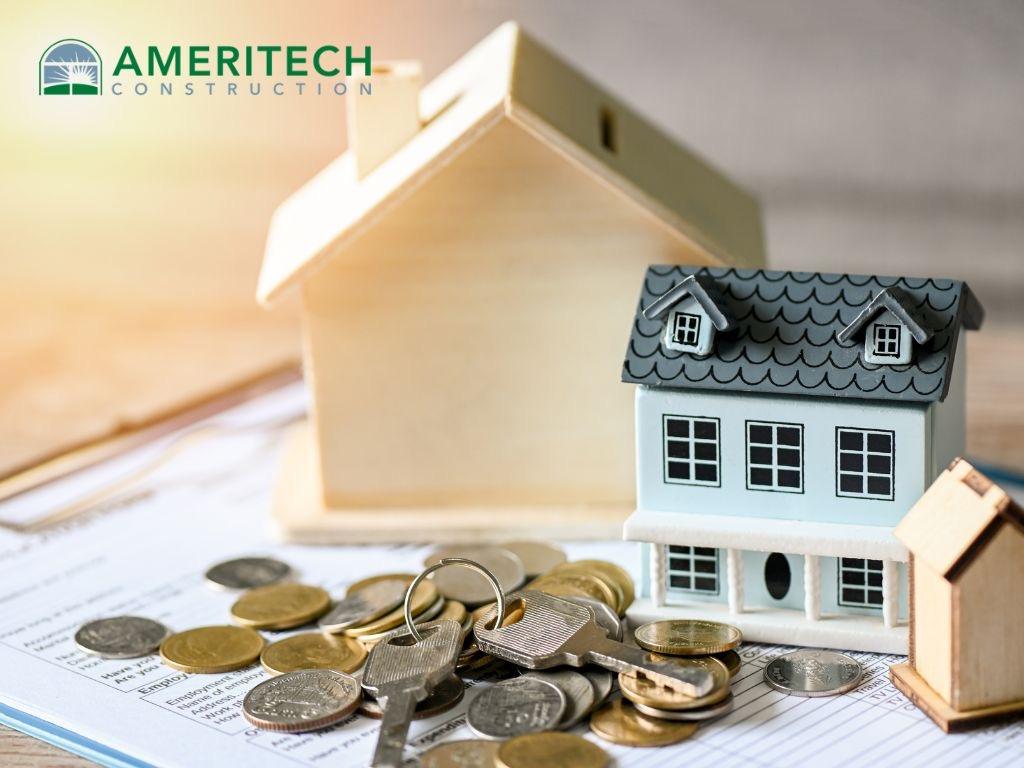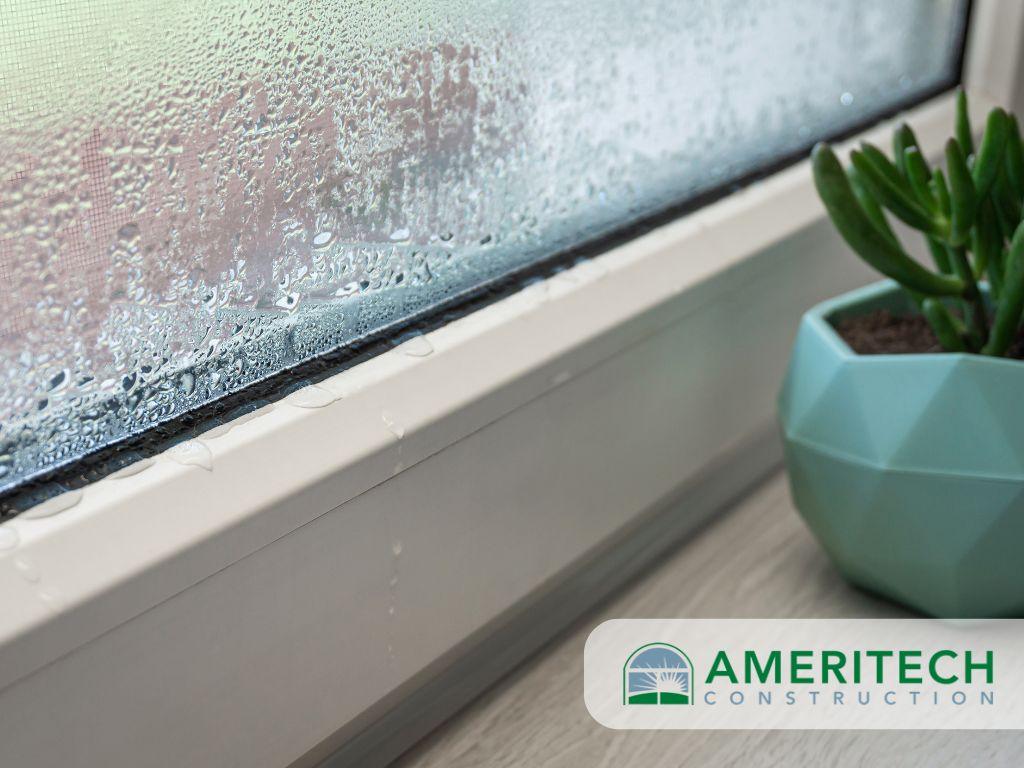What Windows Qualify for Energy Tax Credit?
With energy costs rising, many homeowners are seeking ways to make their homes more energy efficient. One of the most impactful improvements you can make is installing energy efficient windows, which not only improve comfort but may also qualify for valuable tax credits.
Here, we’ll explore what windows qualify for the energy tax credit, the potential savings, and how to take advantage of the program.
What Types of Windows Qualify for Energy Tax Credit?
Not all windows qualify for tax credits. To be eligible, exterior windows and skylights must meet Energy Star criteria or similar energy efficiency standards.
Energy Star certified products are tested and verified by the Environmental Protection Agency to ensure they meet or exceed energy efficiency requirements.
Here are key features of qualifying windows:
- Low-E Coatings: These coatings help windows reduce heat transfer, improving your home’s heating and cooling systems efficiency.
- Insulated Glass: Double or triple-pane glass helps reduce monthly energy bills by preventing heat loss.
- Solar Heat Gain Coefficient (SHGC): This measures how much heat the window allows into your home. Windows that meet Energy Star’s most efficient criteria have a low SHGC, helping your home stay cooler in the summer.
- U-Factor: This indicates the window’s ability to insulate. Lower U-factors mean better energy performance, saving you more on energy costs.
Before making a purchase, ensure the windows you select meet Energy Star or energy efficiency home improvement standards and are eligible for the tax credit.
How Much Tax Credit Do You Get for Windows?
The federal government offers tax credits for energy efficient home improvements, including exterior windows and doors that meet specific energy efficiency standards.
Under the Energy Efficient Home Improvement Credit, you can claim up to 30% of the cost of qualifying energy efficient windows, with a maximum annual credit of $600.
This tax credit is part of the Inflation Reduction Act, which provides incentives for homeowners to invest in energy efficient upgrades, reducing energy costs and helping protect the environment.
Remember to save all receipts, product labels, and manufacturer certification statements when you install these windows so you can claim the tax credit on your federal income tax return.
How to Claim the Energy Tax Credit for Windows?
Claiming the federal tax credits for your energy efficient home improvements is a straightforward process. Follow these steps:
- Keep Documentation: Save all documentation related to the purchase and installation of your energy efficient windows, including receipts, manufacturer certification statements, and any other paperwork verifying that the products meet Energy Star or other energy efficiency standards.
- Complete IRS Form 5695: Use this form to claim home improvement tax credits for eligible products like windows skylights, exterior doors, and more.
- Submit Your Tax Return: Enter the tax credit amount on your federal tax return, making sure all forms are filled out accurately for the applicable tax year.
- Consult a Tax Professional: If you’re unsure of how to file for federal tax credits, consider working with a tax advisor or tax professional to ensure you get the maximum benefit.
By taking advantage of current tax credits, you can significantly reduce the cost of your energy efficient home upgrades.
Benefits of Installing Energy-Efficient Windows
Beyond the tax savings, installing energy efficient products in your home offers long-term advantages:
- Lower Energy Bills: Windows that meet energy efficiency criteria help reduce your overall energy bills by improving your home’s insulation.
- Environmental Impact: By installing Energy Star products, you lower your home’s carbon footprint, contributing to a more sustainable future.
- Increased Home Comfort: Energy efficient home improvements make your home more comfortable by minimizing drafts and regulating indoor temperatures.
- Higher Resale Value: Homes with energy efficient upgrades, like windows and doors, are more appealing to buyers, especially as people look for ways to save energy and save money over time.
Can You Combine Window Tax Credits with Other Energy Improvements?
Yes, you can! The Energy Efficient Home Improvement Credit allows homeowners to combine energy efficient upgrades, such as windows, cooling systems, and even solar panels.
This can increase your overall savings, as the credit applies to a range of eligible improvements within a primary residence or existing home.
Keep in mind that there are annual aggregate limits, so check the total credits you’re eligible for in a particular purchase or tax year.
Final Thoughts
Upgrading your home with energy efficient windows not only makes your home more comfortable but also offers significant tax savings through federal programs like the Efficient Home Improvement Credit.
Ready to upgrade to energy-efficient windows and start saving on energy costs? Contact Ameritech Construction today for a free consultation!







